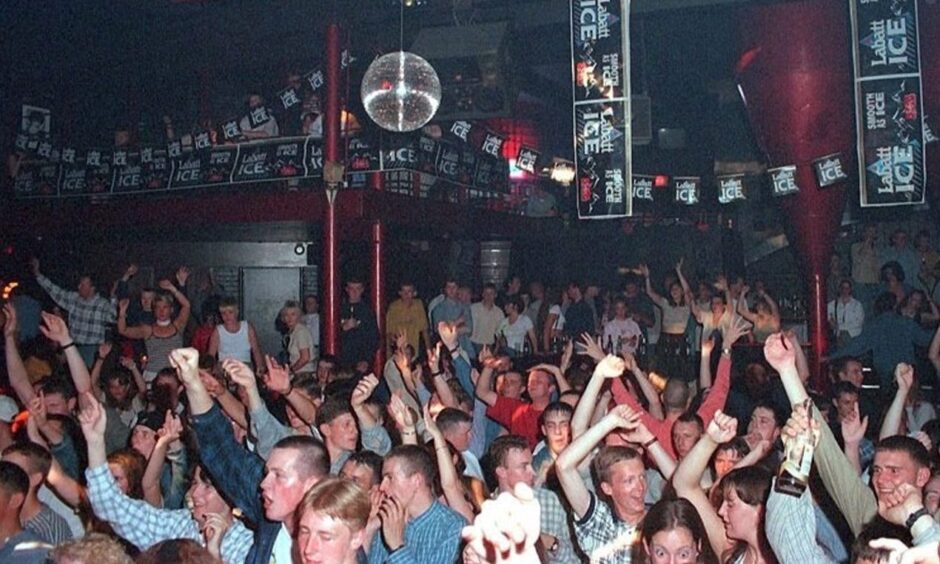
It was once a legendary Dundee nightclub which lived many lives before being decimated by the bulldozer 10 years ago.
The former warehouse on South Ward Road played host to a series of Dundee nightclubs and tens of thousands of clubbers passed through its famous doors.
Many still have fond memories of the place to this day.
De Stihl’s nightclub opened in March 1988 to give “fashionable folk-about-town” the chance to go back to the speakeasies of the 1920s.
The mastermind behind the venture was Murdo Wallace, who first tasted success in the heady world of nightclub entertainment when a good night out cost less than £1.
Mr Wallace sold the £750,000 nightclub to the Stakis organisation for £1 million before it even opened to the public, although he agreed to stay on and run the venue.
Admission to the 750-capacity De Stihl’s was for the “discerning over 21s”.
The “imaginatively and elegantly conceived nightspot” was open from Wednesdays to Sundays from 10pm, “offering sumptuous surroundings and a lot of attractions”.
Radio 1 DJ Bruno Brookes, who presented a rundown of the Top 40 chart every Sunday, appeared on the first Friday that the new club opened.
But a shock was in store for the 60 staff.
The nightclub based on the illegal taverns of the 1920s prohibition era was, ironically, closed after five weeks because it did not have a licence to open after 11pm.
De Stihl’s reopened on June 24 with Alex Sweeney from Buddies in Broughty Ferry installed as general manager after the licence application “technicality” was sorted out.
Heartbreakers and dancefloor demons danced into the wee small hours.
De Stihl’s was named best nightclub in prestigious industry awards in 1988 and wasn’t short of special guests taking to the stage.
Danny Wilson performed in November 1988 for a live appearance on the Tom Ferry Show, which was broadcast on BBC Children in Need, with tickets 50p.
Amazulu, Glen Goldsmith, Blue Mercedes, Funky Worm and Gary Haisman also played there in the days when the club regularly attracted crowds of up to 800 people.
De Stihl’s survived two fire attacks in 1992 and later ownership changed to the old Scottish and Newcastle drinks empire, before things started to go downhill.
Its entertainment licence was refused by the licensing board in January 1997 following numerous complaints at the way the club was run and the behaviour of stewards.
A new manager was appointed and stewarding was improved with ID cards introduced to keep out under-18s and hand-held metal detectors being used to search patrons.
The entertainment licence was granted following appeal.
Enigma rose from the rubble
De Stihl’s became Enigma in September 1998 following a £1.5m investment by Scottish and Newcastle.
It came top in the Nightclub Design of the Year awards in 1999.
The extensive redevelopment took three months to complete with the £1.5m spent “creating new bar areas, two dance floors and a number of different floors”.
The Evening Telegraph said the result was “amazing” and predicted Enigma would surely become “one of the most innovative and contemporary nightclubs in Scotland”.
The club was open five nights with a “night of music to suit everyone”.
Wednesday night was aimed mainly at students with admission £2 and £3.
Thursdays would suit everyone from students to the over 30s “with its mix of ’70s and ’80s disco music”.
Friday and Saturday would “cater for everyone” with “commercial chart music from the ’80s and ’90s” and Sunday was “dance night featuring some of Britain’s top DJs”.
Admission was £6 on a Saturday night before 12.
There was an “extensive range of cocktails” with clubbers being urged to “come early and enjoy reduced entry prices and special drinks promotions”.
Alex Sweeney returned to take charge, having been manager of De Stihl’s in 1988 before his career took him all over Britain including a stint at the Hippodrome in London.
Chart toppers N-Trance performed at the opening night.
Luminar, which owned the Mardi Gras, bought 10 Scottish nightclubs owned by Scottish and Newcastle, including Enigma, for a total cost of £11m in 2001.
Jumpin Jaks failed to find a crowd
Enigma closed in 2003 and bar-dancing staff and cheesy music arrived in 2004 when Jumpin Jaks opened and declared itself as being “the best party in town”.
Comedians, tribute bands, local cabaret acts, karaoke and “duelling pianos” would make up the entertainment to attract a cross section of clubbers.
Jumpin Jaks opened every Thursday, Friday, Saturday and Sunday “with music and entertainment to help Dundee dance and have fun until the early hours”.
The opening night featured The Drifters, who performed hits including Saturday Night At The Movies, You’re More Than A Number and Come On Over To My Place.
Things got better a fortnight later when Aussie soap star and pop icon Jason Donovan performed his greatest hits including Too Many Broken Hearts and Sealed With A Kiss.
Any Dream Will Do from Joseph And His Amazing Technicolour Dreamcoat was the highlight of the set before the Neighbours legend met fans and signed autographs.
Jumpin Jaks opened in a blaze of publicity but shut down after only three months despite offering personal appearances by soap stars, personalities and cabaret acts.
A source at the club said the quality of the entertainment offered had not been up to scratch, with “second-rate” personalities and “has-been” musical acts “just not good enough” to attract people.
The closure of the Mardi Gras gave Jumpin Jaks a second chance in 2005.
The VIP opening night featured a live performance by ’60s soul band The Foundations, best known for Baby, Now That I’ve Found You and Build Me Up Buttercup.
The following night the Four Tops appeared on stage.
Jumpin Jaks general manager Rick Barr said: “We admit it, we got it wrong.
“But that was the first time.”
It was also the last time.
The venue again failed to attract enough customers and closed.
Tasting Rooms blaze spelled the end
Jumpin Jaks became Okupa, which brought some great big-name guests to Dundee including Mr Scruff, Paul Woolford, Tom Middleton and Headway residents.
The music stopped in 2005 when Okupa became The Tasting Rooms, which included a deli café, a wine trading floor, corporate conference facilities and an art gallery.
The Tasting Rooms closed in 2008 after holding company Scott’s Wine World Ltd went into liquidation and reopened before Christmas under new management.
Disaster struck in January 2009.
A blaze started in the upper floor of the restaurant and spread to the lower floor.
The building was destroyed.
In February 2014 a bulldozer reduced the former nightclub to a pile of rubble.
Eddie Tobin was area manager for Stakis when De Stihl’s opened in 1988 and he summed up the feelings of generations of clubbers.
He said: “We stored jute in there at one time, and it turned into what I think was the best nightclub Dundee has ever had.
“I’ve run nightclubs throughout the country — I must have run 50 clubs; De Stihl’s was the best, if not second.
“A lot of Dundonians will be sad to see that go.”
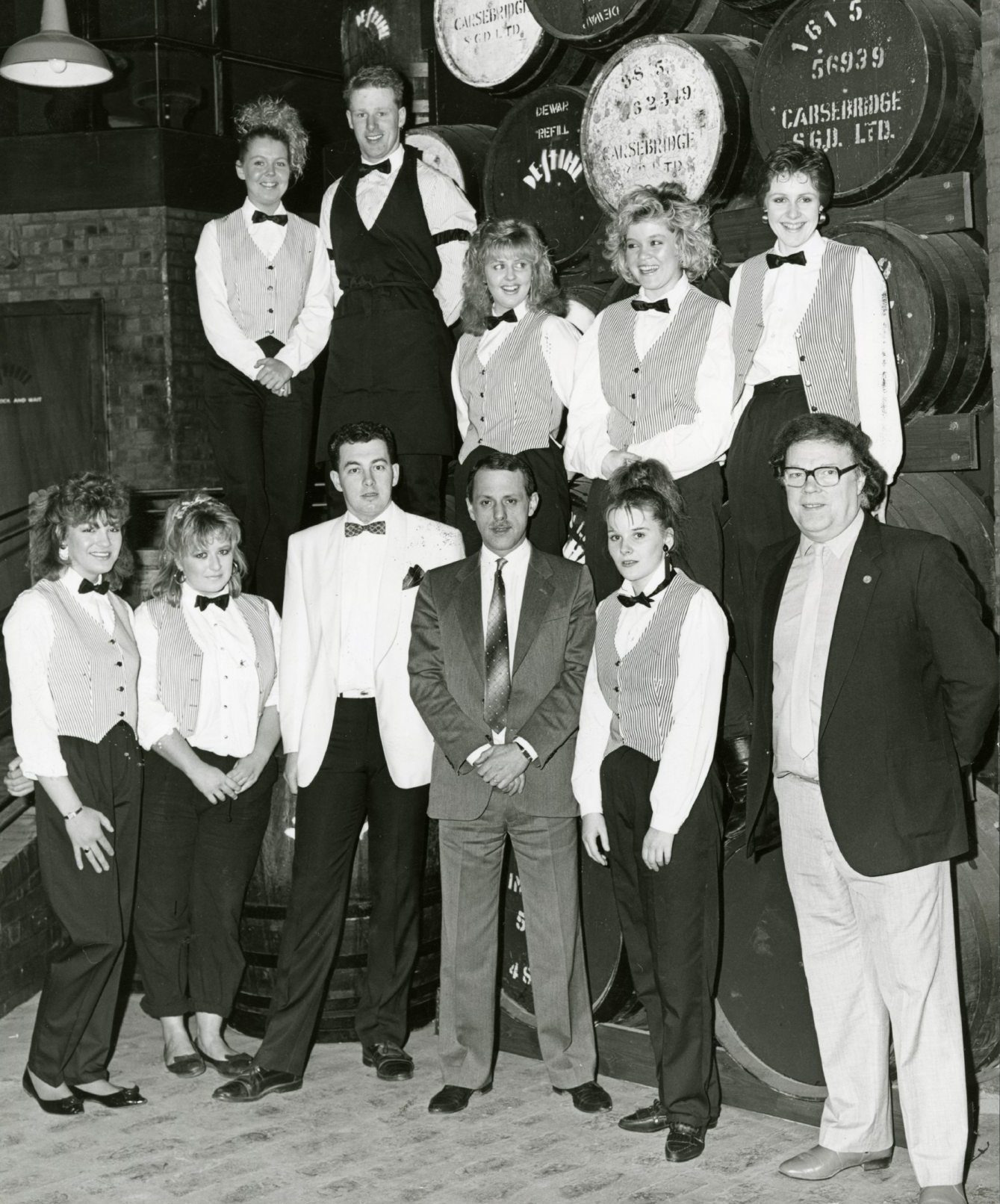
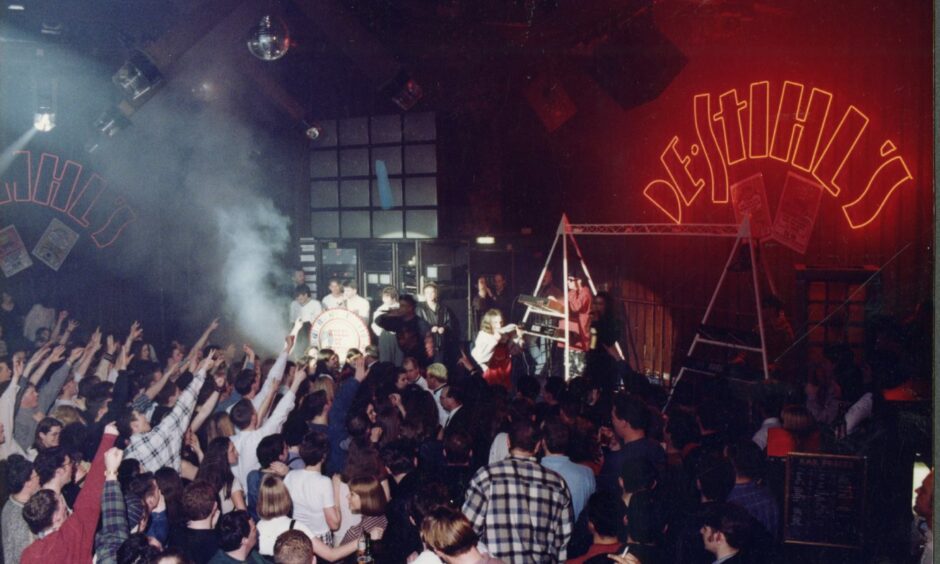
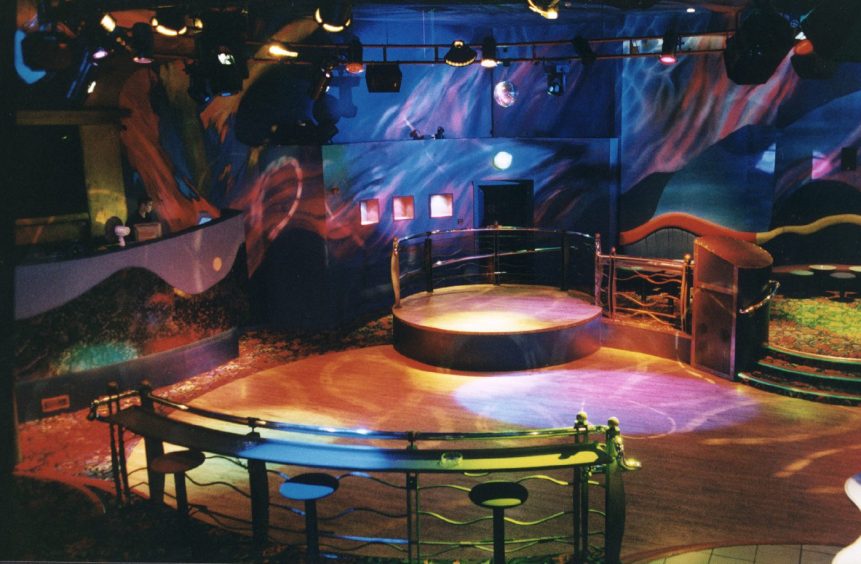
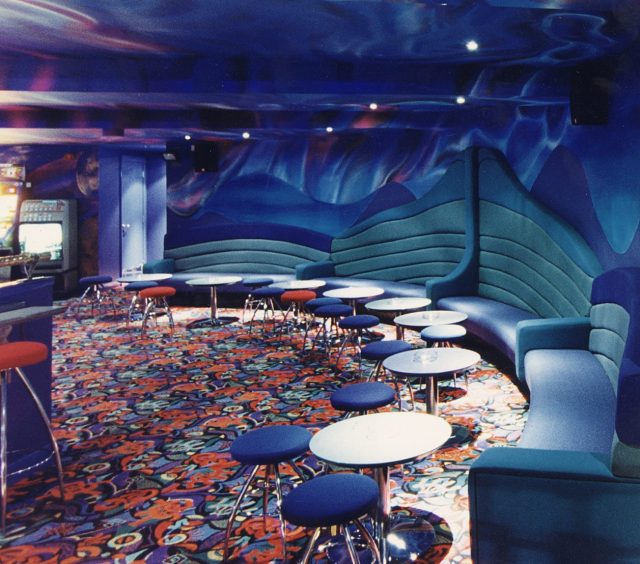
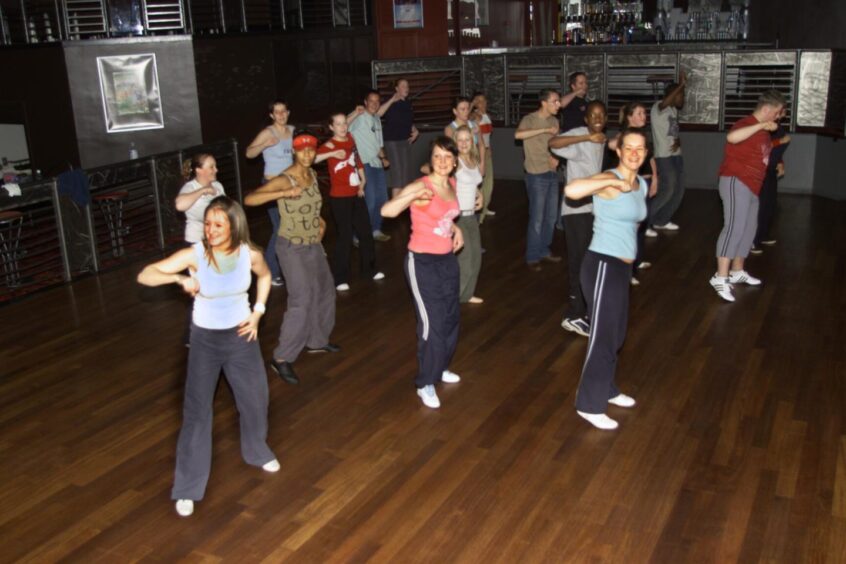
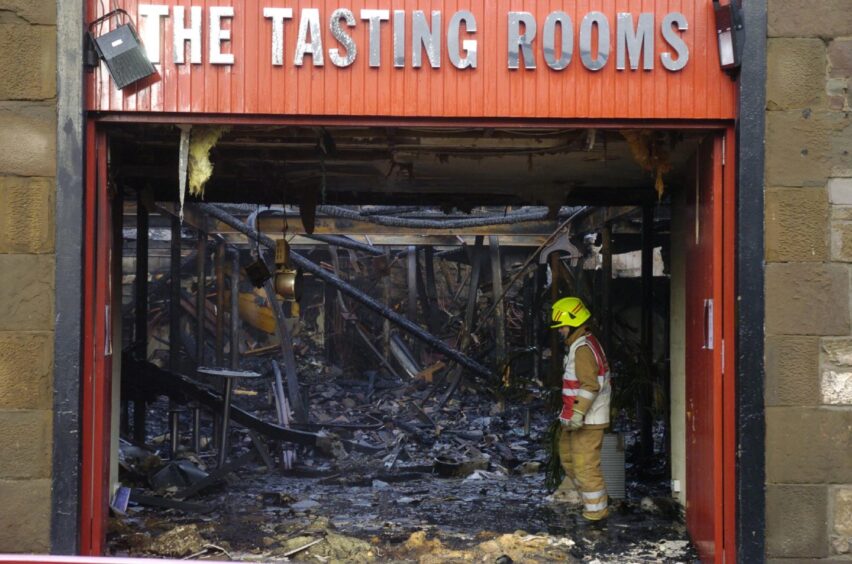
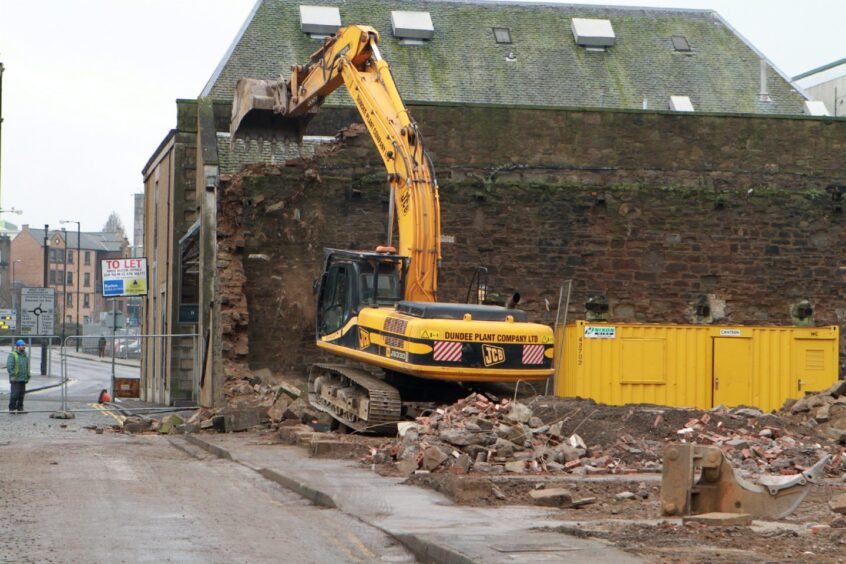
Conversation